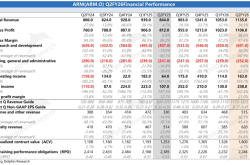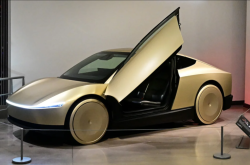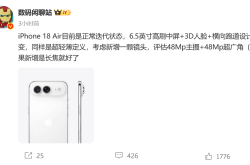Audi Realigns Strategy: Halts Full Electrification Push, Doubles Down on ICE Vehicles
![]() 06/19 2025
06/19 2025
![]() 597
597
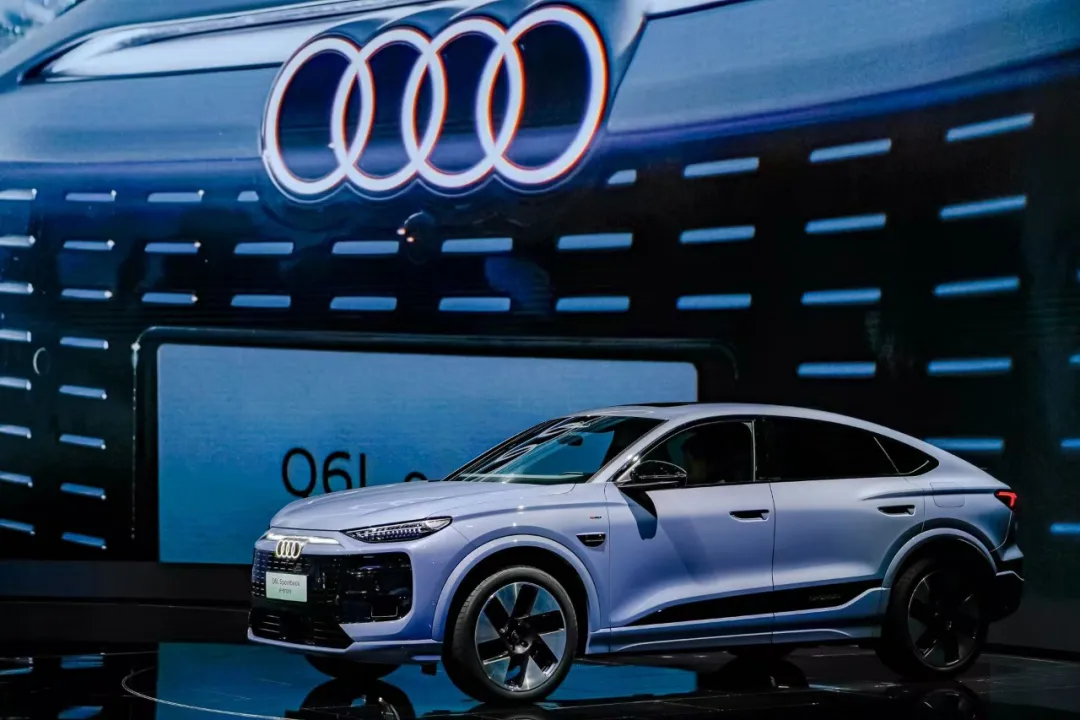
Established Automakers Reassess Their Paths
Author | Wang Lei
Editor | Qin Zhangyong
Left or right? It's a dilemma for European automakers.
Audi has reversed course. Originally aiming to cease R&D and sales of ICE vehicles by 2033, the company has now realized it needs a different approach!
Not only is the 2033 target no longer in place, but a new "end date" will not be set either.
In essence, Audi will continue developing and launching new ICE engines in the coming decade, with ICE models remaining a significant player in the Audi lineup.
What prompted this sudden shift in strategic direction? Audi's global CEO Gernot Döllner explained in an interview with foreign media, "Maintaining flexibility is paramount."
Beyond the official rationale of "flexibility," Audi's change of heart appears to be a harsh lesson from reality.
01
ICE Vehicles Battle On for Another Decade
It's crucial to note that suspending full electrification does not equate to abandoning electrification altogether.
According to Audi's earlier plan, the last batch of new ICE vehicles was scheduled for launch in 2026, followed by a transition to a purely electric brand. From 2026 onward, only pure electric models would be introduced globally, with production of new gasoline, diesel, and hybrid vehicles halted.
However, models launched before 2026 will continue to be produced and sold until 2033, by which time Audi will accelerate its electrification transition, gradually phasing out ICE production, and aiming for zero emissions by 2050 at the latest.
In an interview, Audi's global CEO Gernot Döllner revealed that Audi has rescinded its decision to cease ICE vehicle production by 2033.
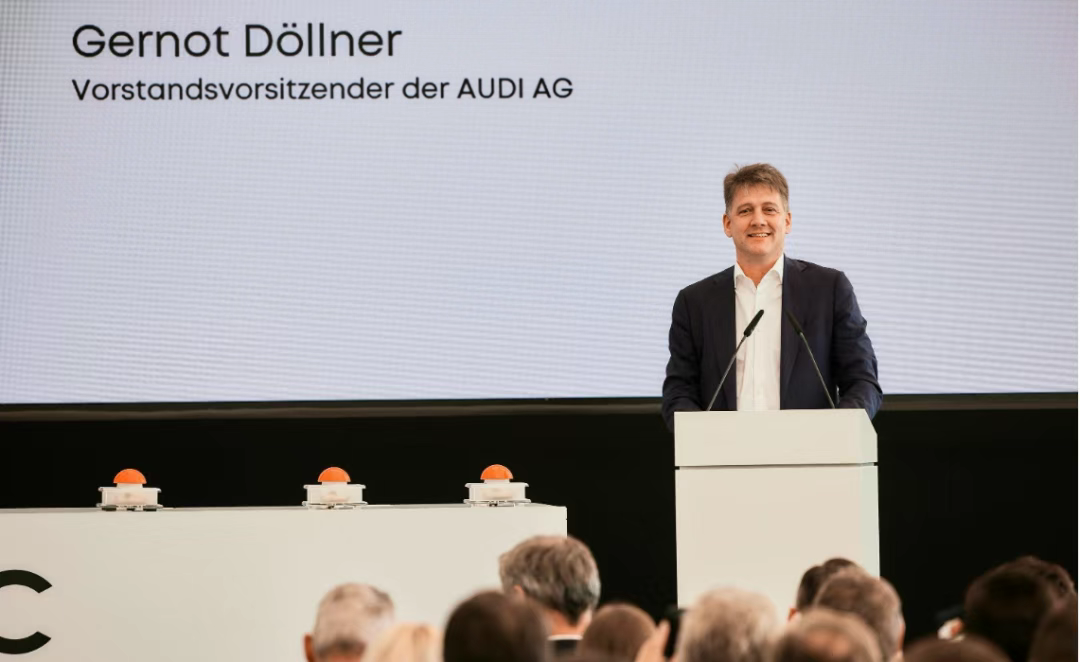
He stated that Audi may continue producing ICE models until around 2035 or even beyond. He explained that by 2026, Audi will have a robust product line, enabling it to flexibly continue selling ICE models for at least "seven to eight years, or even ten years."
The possibility of extending ICE models beyond 2035 has not been ruled out, but he stressed that this will hinge on customer demand. "By then, we will observe market developments, and we have decided to extend production beyond the previously announced deadline (2033)."
The core of this strategic adjustment is flexibility.
Döllner also mentioned that Audi will introduce a new range of ICE and plug-in hybrid vehicles between 2024 and 2026, and then assess market developments.
This approach avoids putting all eggs in one electrification basket.
This sentiment is echoed in Audi's subsequent official response, which encompasses battery electric vehicles (BEVs), plug-in hybrid vehicles (PHEVs), and internal combustion engine (ICE) vehicles. Audi believes that new models developed on the PPE luxury electric platform and PPC luxury ICE platform will play pivotal roles.

Based on this, Audi hopes its ICE models will remain appealing to customers post-2026 until the end of their respective product life cycles. It also reiterated its commitment to achieving a fully electric product lineup as a clear long-term goal.
In fact, the comments made by Audi's global CEO Gernot Döllner in the interview merely brought to light its strategy of halting full electrification. Judging from Audi's actions this year, it has already deviated from its earlier strategic plan.
Especially in 2025 and 2026, pivotal years for Audi's ICE products, multiple generations of ICE vehicles have been or will be launched, including the new Audi A5, new Audi A6, new Q7, and new Q3.
Most of these are powered by 2.0T engines and 3.0T V6 engines, with the latter equipped on performance models. The new Audi A6 is also built on the new PPC ICE platform.
In the interview, Döllner also shared a crucial piece of information: Audi will spearhead the development of platform architectures and software systems for Volkswagen Group's mid-to-large-sized models, encompassing all models from the A5 level upwards, including the next-generation SSP platform.
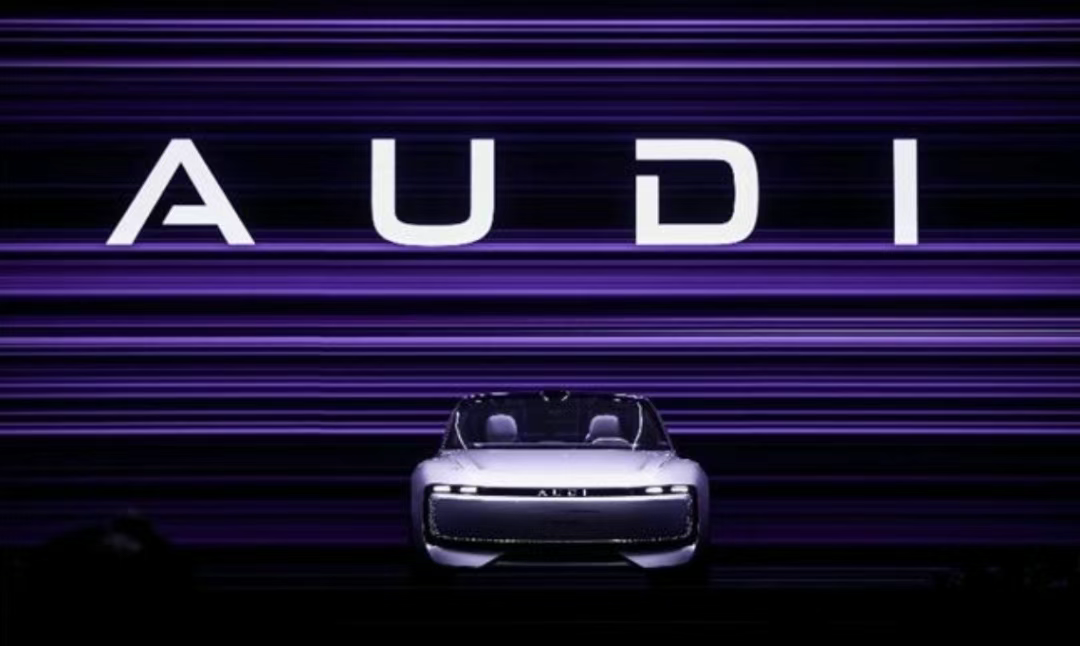
This essentially means Volkswagen is entrusting the design and planning of high-end vehicles entirely to Audi. In other words, Audi's strategic moves, to some extent, also reflect the intentions of the Volkswagen Group.
Moreover, while pursuing a multi-pronged strategy, Audi has further streamlined its product line. Döllner revealed that the A1 and Q2 will be phased out, with no successor models, to uphold Audi's luxury positioning.
The current A3 and Q3 will become entry-level models, the A8 will be the flagship sedan, and the Q7, Q8, and rumored Q9 will be the top SUV models. Simultaneously, Audi is also developing new electric vehicles, including the pure electric A3 to be unveiled next year.
02
The Electrification Game
Compared to Audi's former CEO Bram Schot, who boldly announced in 2021 that "ICE vehicles will be phased out by 2033," his successor Gernot Döllner adopts a more pragmatic approach.
Regarding why the full electrification transformation has been temporarily halted, Audi provided an answer in its statement:
"We have observed significant differences in the development of global markets. For instance, the 'inflection point' in North America is currently shifting significantly later, whereas in China, the 'inflection point' for the new energy vehicle market (including hybrid, extended-range, and pure electric models) was reached last year."
Audi believes that this market volatility and diversity necessitate offering a differentiated product mix in as flexible and stable a manner as possible in the coming years.
In fact, due to the "lag" in electrification in North America, Audi is not the first established automaker to "backtrack" on its electrification transformation journey.
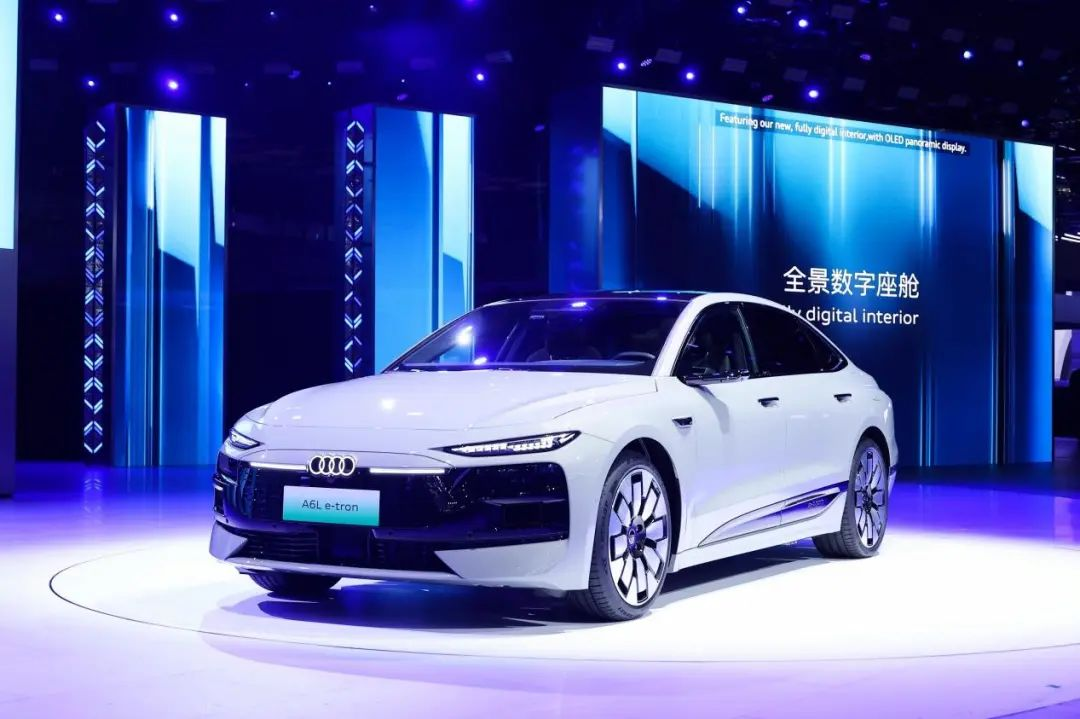
For example, Volvo announced as early as 2021 that it would become "the world's first purely electric luxury brand" and planned to cease selling ICE vehicles entirely by 2030. However, the current goal has quietly shifted to electric vehicles contributing 90% to 100% of sales by 2030, encompassing pure electric and plug-in hybrids, with the remaining 10% contributed by 48V mild hybrid models.
Ford also announced a delay in its electrification transformation process, postponing the launch of some electric vehicle models and turning to hybrid vehicles, planning to introduce hybrid versions of all its ICE models by 2030 and increasing ICE vehicle production.
Porsche announced it is abandoning its long-term sales target for electric vehicles. Previously, the company aimed for electric vehicles to account for over 80% of sales by 2030. This is no longer a specific company goal, and Porsche stated that the transition to electric vehicles will take longer than anticipated five years ago.
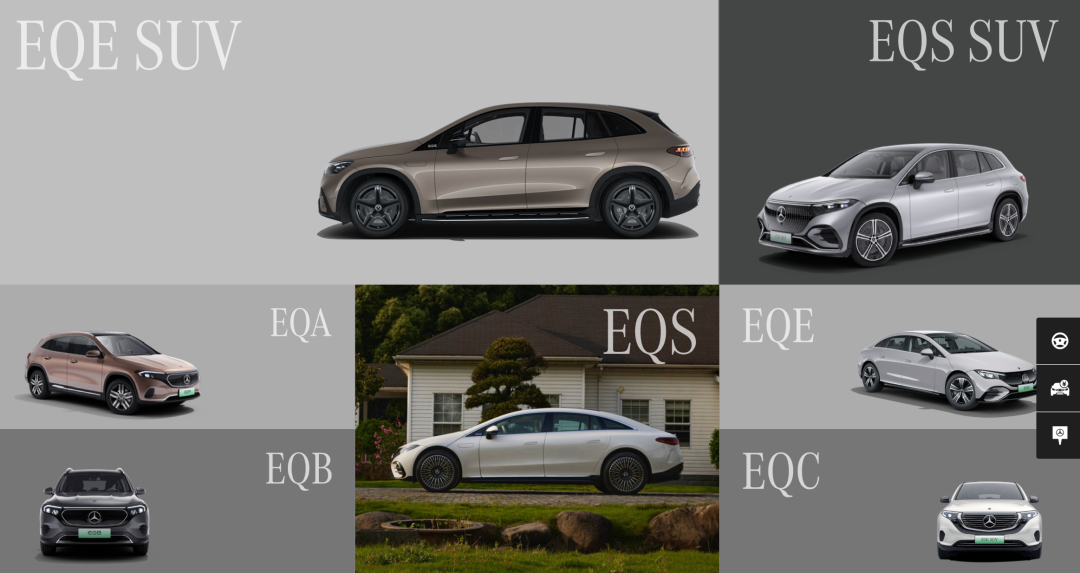
Mercedes-Benz, too, announced last year that it was abandoning its goal of "full electrification in major markets by 2030" and instead adopted a dual-track approach of ICE and electric vehicles. The plan is to introduce a new range of ICE models by 2027, ensuring ICE engines persist into the 2030s.
Toyota also lowered its electric vehicle production target for 2026 from 1.5 million to 1 million units (a 30% decrease) and suspended some electric vehicle projects (such as the Compact Cruiser crossover). Even the UK government has pushed back the ban on new ICE vehicle sales to 2035.
The reasons for these traditional automakers announcing delays in their electrification transformations are largely the same - they haven't profited from electrification. Due to lower-than-expected electric vehicle sales globally, many international automakers have incurred significant losses in their electric vehicle businesses.
Audi is no exception.
In 2024, Audi Group's operating revenue was approximately €64.5 billion, a year-on-year decline of 8%; operating profit was €3.9 billion, a year-on-year decline of 38%; operating profit margin fell from 9% to 6%; and after-tax profit and net cash flow also declined.
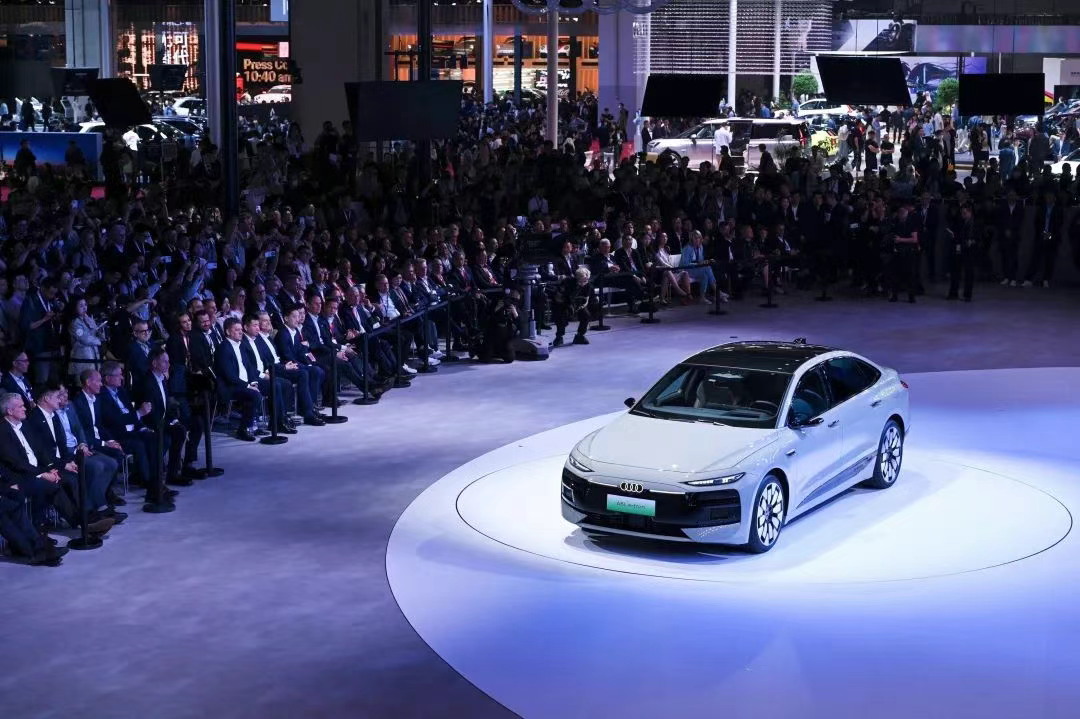
In terms of sales, Audi delivered 1,671,218 vehicles in 2024, a year-on-year decline of 11.8%, with electrified models accounting for less than 10%. Sales of pure electric vehicles were 164,000 units, also down 8%, and Audi was overtaken by Tesla.
When electric vehicle sales are struggling, and ICE vehicles remain the backbone supporting the entire company, it's clearly unwise to deliberately shrink the ICE front.
Furthermore, the EU's recent "rollback" on emission standards has provided room for Audi's strategic adjustment this time. The compliance rule that automakers must "reduce CO2 emission levels to 15% of 2021 levels" has been modified. Instead of having to comply in the current year or face fines, it has been changed to an average compliance over the three years from 2025 to 2027.
Shifting from "All in on electric" to "multi-legged walking," these traditional automakers recognize that there may be no standard answer to the automotive industry's transformation. After all, their primary concern is profitability and ensuring long-term survival.

